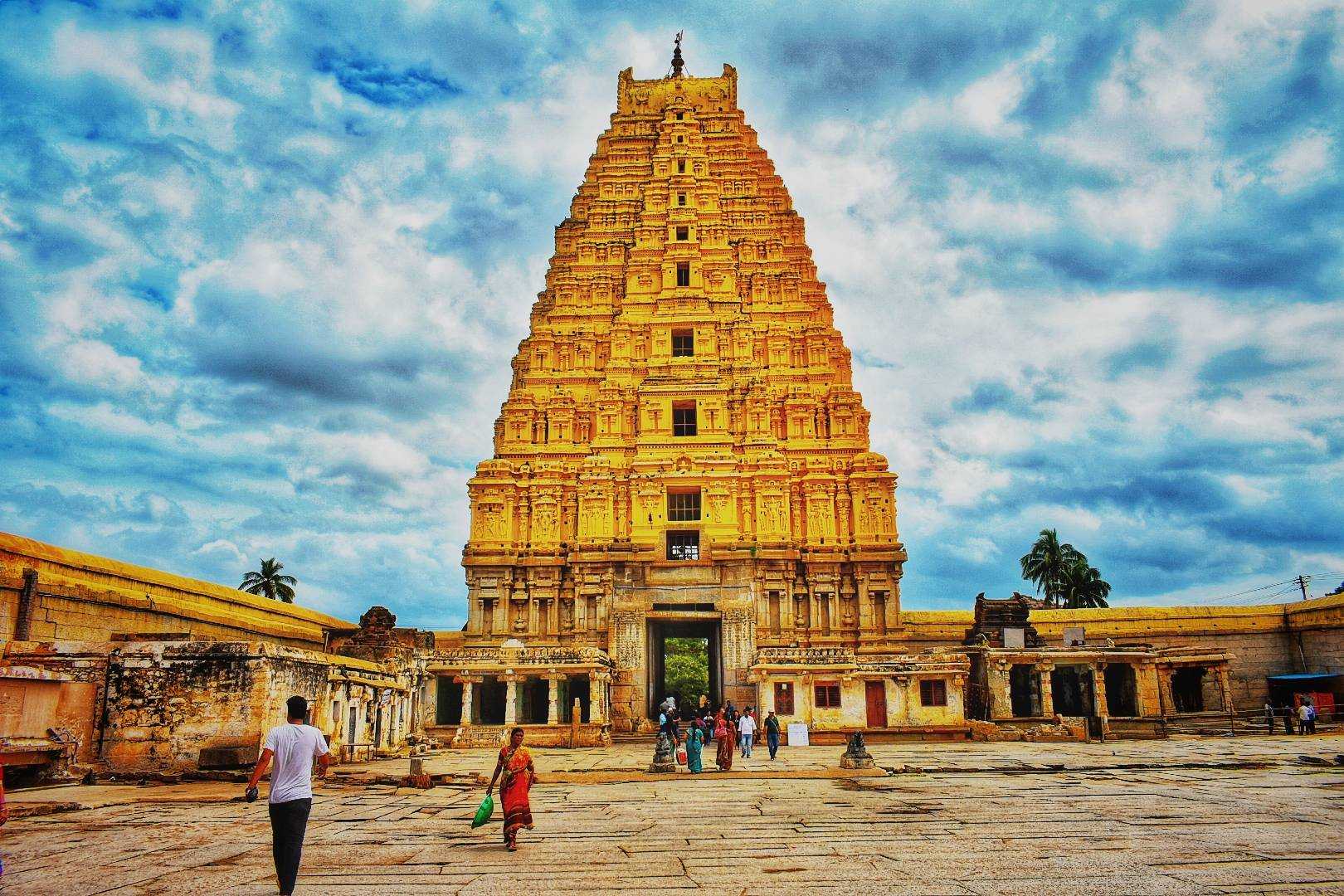Summary
The Hampi Archeological Ruins, located in southern India, are a treasure trove of historical and architectural significance. Once the capital of the Vijayanagara Empire, Hampi is now a UNESCO World Heritage Site. It boasts over 1,600 surviving remains, including temples, palaces, markets, and monuments, each telling a unique story of the empire’s rich cultural heritage.
Get your dose of History via Email
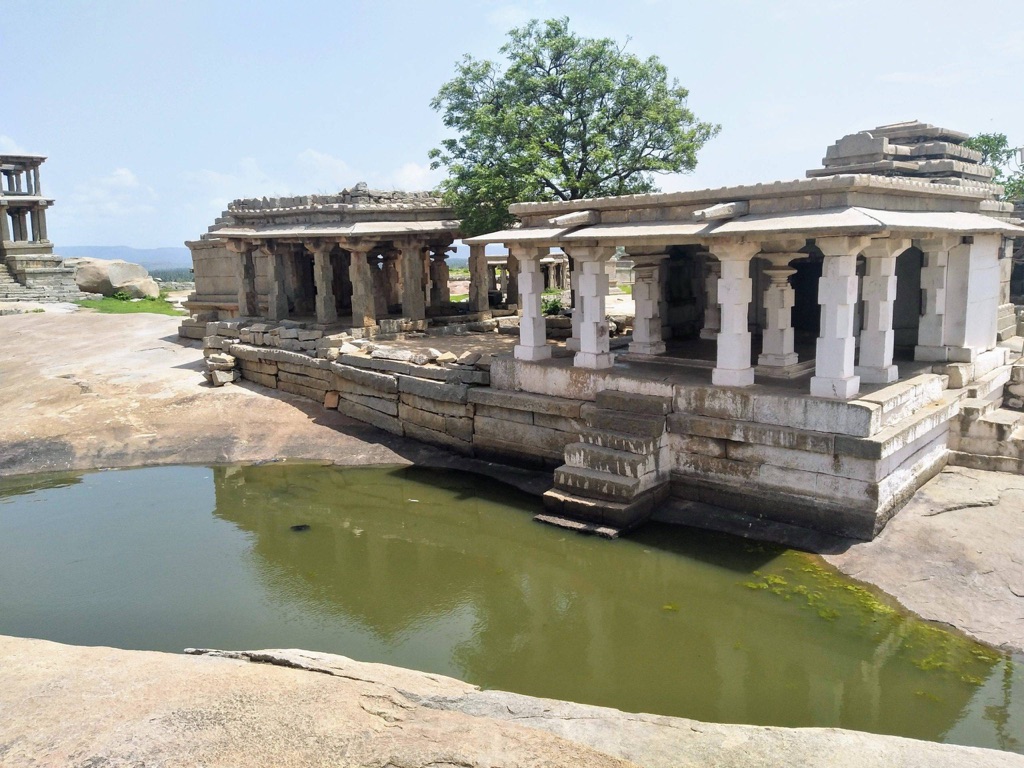
Historical Background of Hampi Archeological Ruins
The history of Hampi dates back to the 14th century, during the reign of the Vijayanagara Empire. This empire was one of the most powerful in India’s history, and Hampi served as its vibrant, bustling capital. The city was a hub of trade, attracting merchants from as far as Persia and Portugal.
However, the city’s prosperity was short-lived. In 1565, it fell to the Deccan Sultanates, leading to its abandonment and eventual ruin. Despite this, the city’s grandeur is still evident in its surviving structures, which stand as a testament to its past glory.
Excavations at Hampi began in the 19th century, revealing a wealth of artifacts and structures. These findings have provided invaluable insights into the empire’s history, culture, and architectural styles. Today, Hampi continues to be a site of active archaeological research.
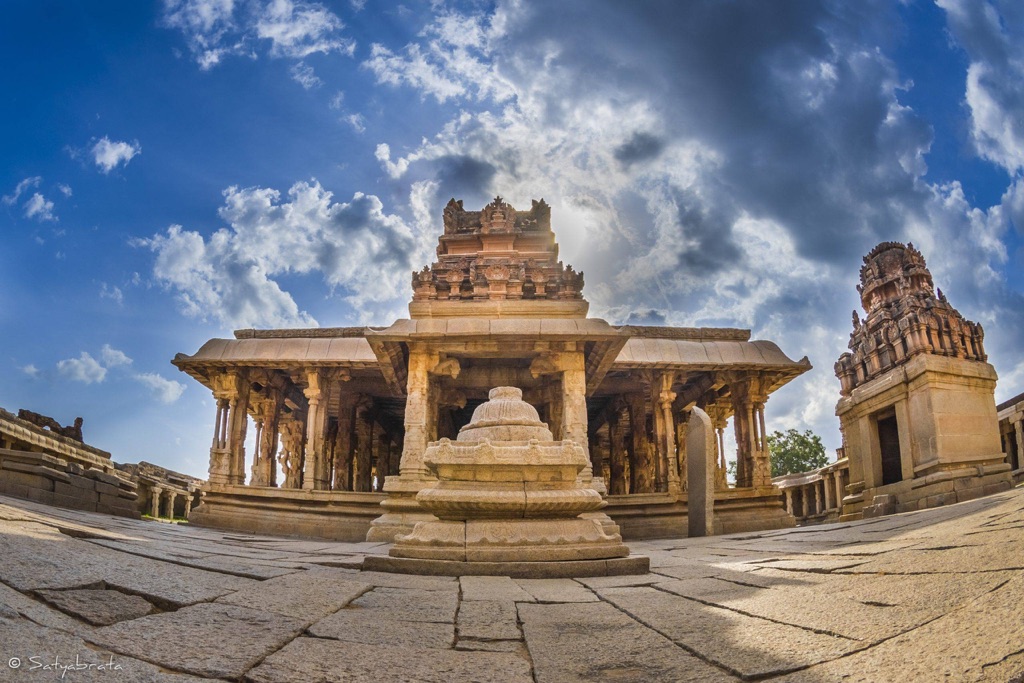
The ruins are spread over an area of 26 square kilometers, making it one of the largest open-air museums in the world. The site is divided into several zones, each with its unique set of structures and artifacts.
Visiting Hampi is like stepping back in time. The city’s ruins, set against a backdrop of boulder-strewn landscapes and the Tungabhadra River, create a surreal, otherworldly atmosphere that leaves a lasting impression on visitors.
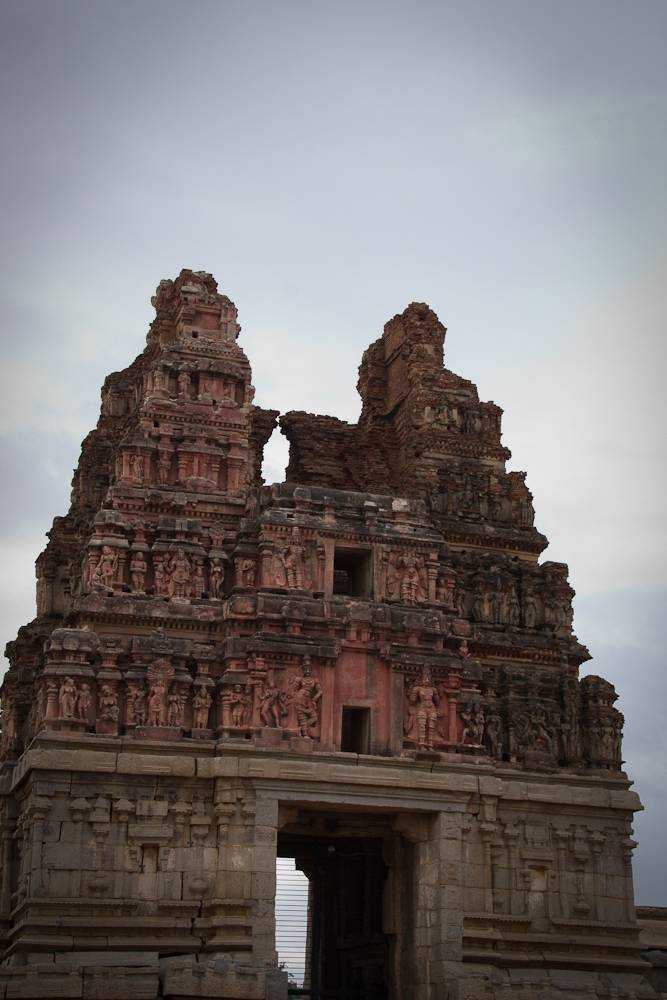
Architectural Highlights/About the Artifact
Hampi’s architecture is a blend of Hindu and Islamic styles, reflecting the diverse cultural influences of the Vijayanagara Empire. The city’s structures are characterized by intricate carvings, ornate pillars, and grand entrances.
The Virupaksha Temple, dedicated to Lord Shiva, is one of the most iconic structures in Hampi. Its towering gopuram (gateway tower) and intricate carvings are a sight to behold. The temple is still in use today, making it one of the oldest functioning temples in India.
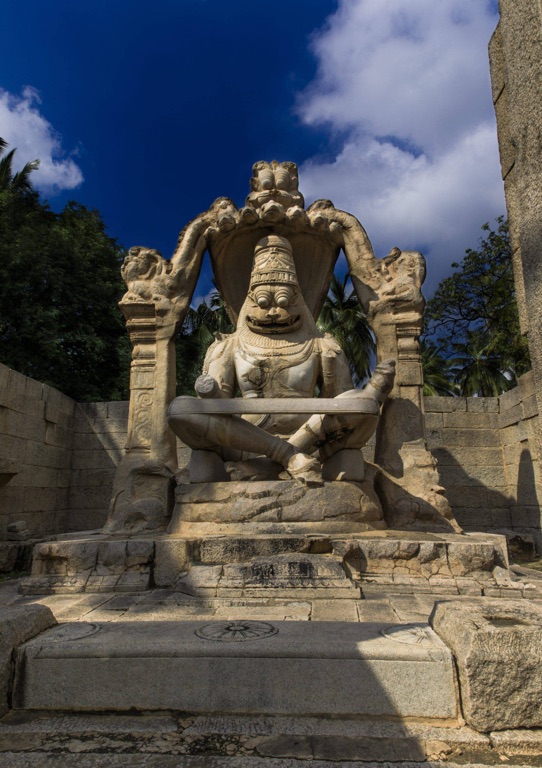
The Vittala Temple is another architectural marvel. It is known for its musical pillars, which produce different musical notes when struck. The temple’s main hall, the Ranga Mandapa, is a stunning example of Vijayanagara architecture.
The Lotus Mahal, a two-storied pavilion, is one of the few structures that survived the city’s destruction. Its arches and domes showcase the Islamic influence on the city’s architecture.
The Elephant Stables, a long building with eleven domed chambers, once housed the royal elephants. Its symmetrical design and arched entrances are a testament to the empire’s architectural prowess.
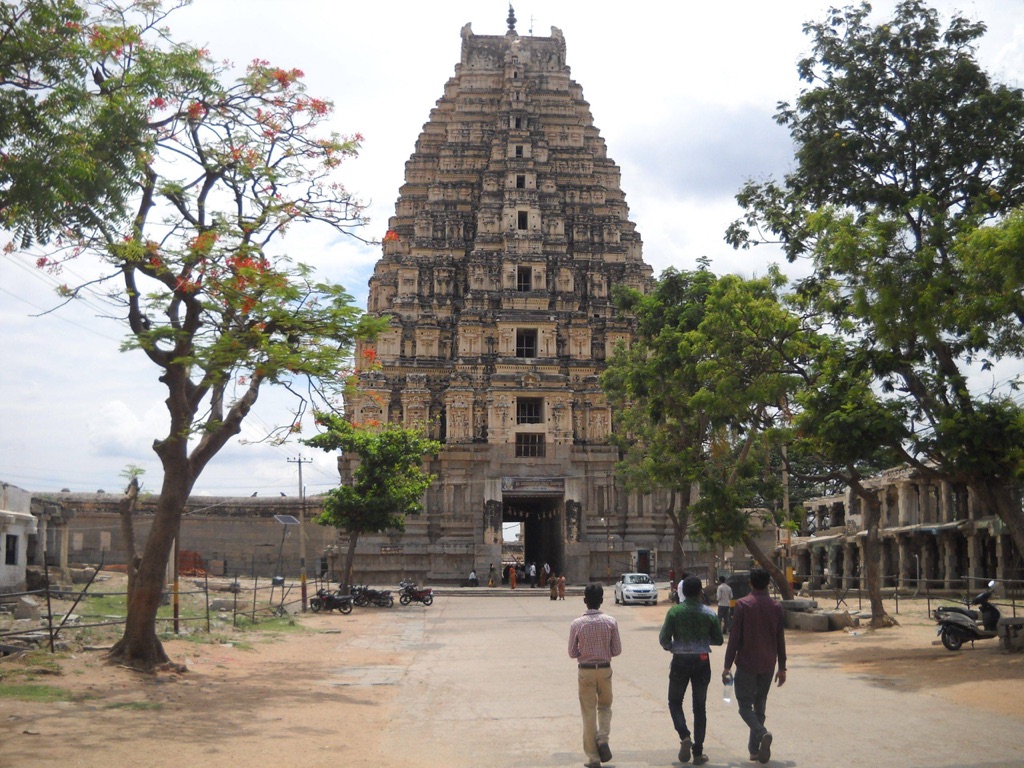
Theories and Interpretations
Several theories and interpretations have been proposed about Hampi’s history and architecture. Some scholars believe that the city’s layout was influenced by the principles of vastu shastra, an ancient Indian science of architecture.
Others suggest that the city’s structures were designed to align with celestial bodies. This theory is supported by the presence of several astronomical instruments and structures in the city.
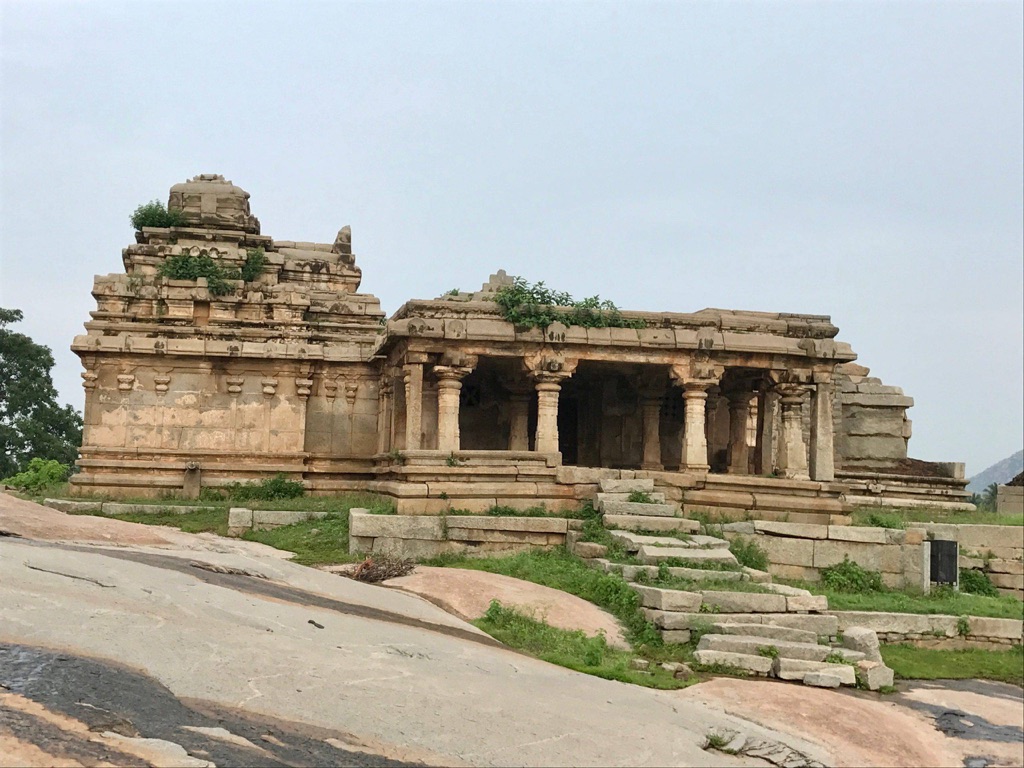
The musical pillars of the Vittala Temple have been a subject of fascination and study. Some researchers propose that they were designed to replicate the sounds of various musical instruments, while others believe they were used for religious rituals.
The purpose of the Elephant Stables has also been a topic of debate. While it is commonly believed to have housed elephants, some researchers suggest that it was used as a military parade ground.
Despite these theories, much about Hampi remains a mystery. Ongoing research and excavations continue to shed light on this fascinating historical site.
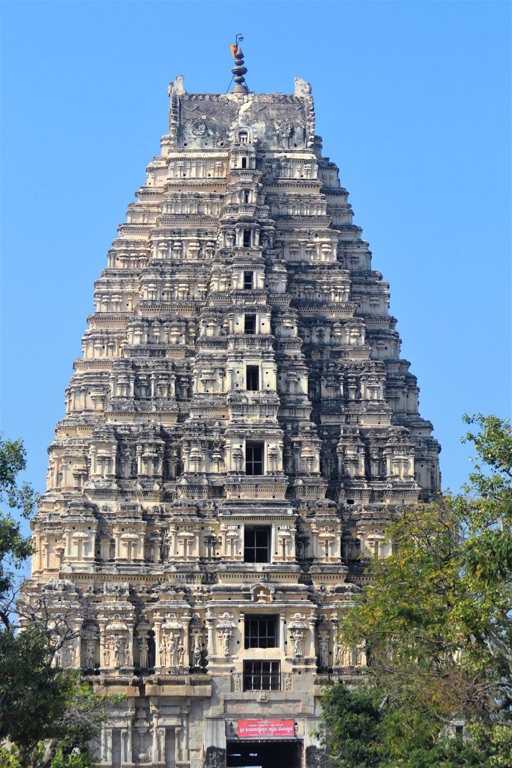
Good to know/Additional Information
Hampi is located in the state of Karnataka, about 350 kilometers from Bangalore. The nearest railway station is Hospet, which is 13 kilometers away.
The best time to visit Hampi is from November to February, when the weather is pleasant. The site is open from sunrise to sunset, and there is a nominal entry fee.
Guided tours are available, offering insights into the city’s history and architecture. Visitors can also explore the site on their own, but a map is recommended due to the site’s vastness.
While in Hampi, visitors can also explore the nearby Anegundi village, believed to be the mythical Kishkindha from the epic Ramayana.
Visitors are advised to respect the site’s historical significance and refrain from littering or damaging the structures.


